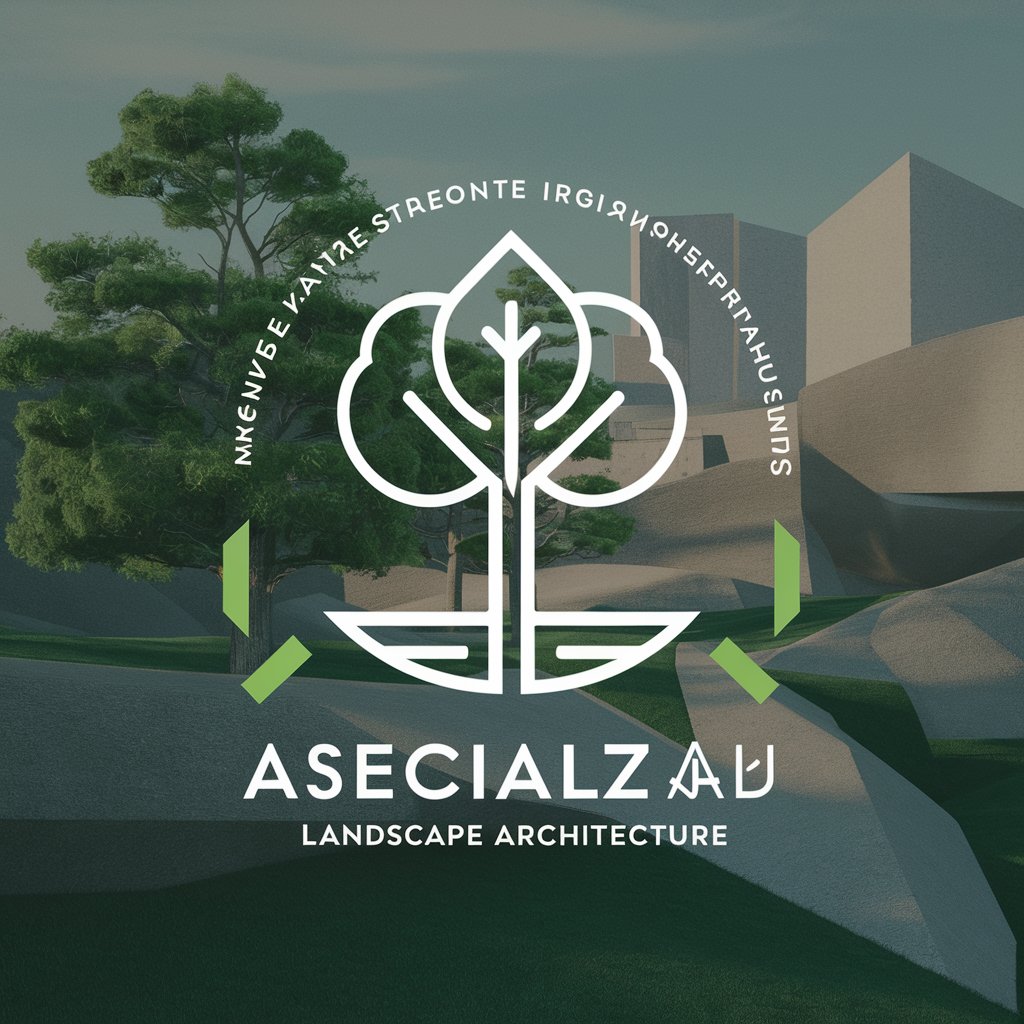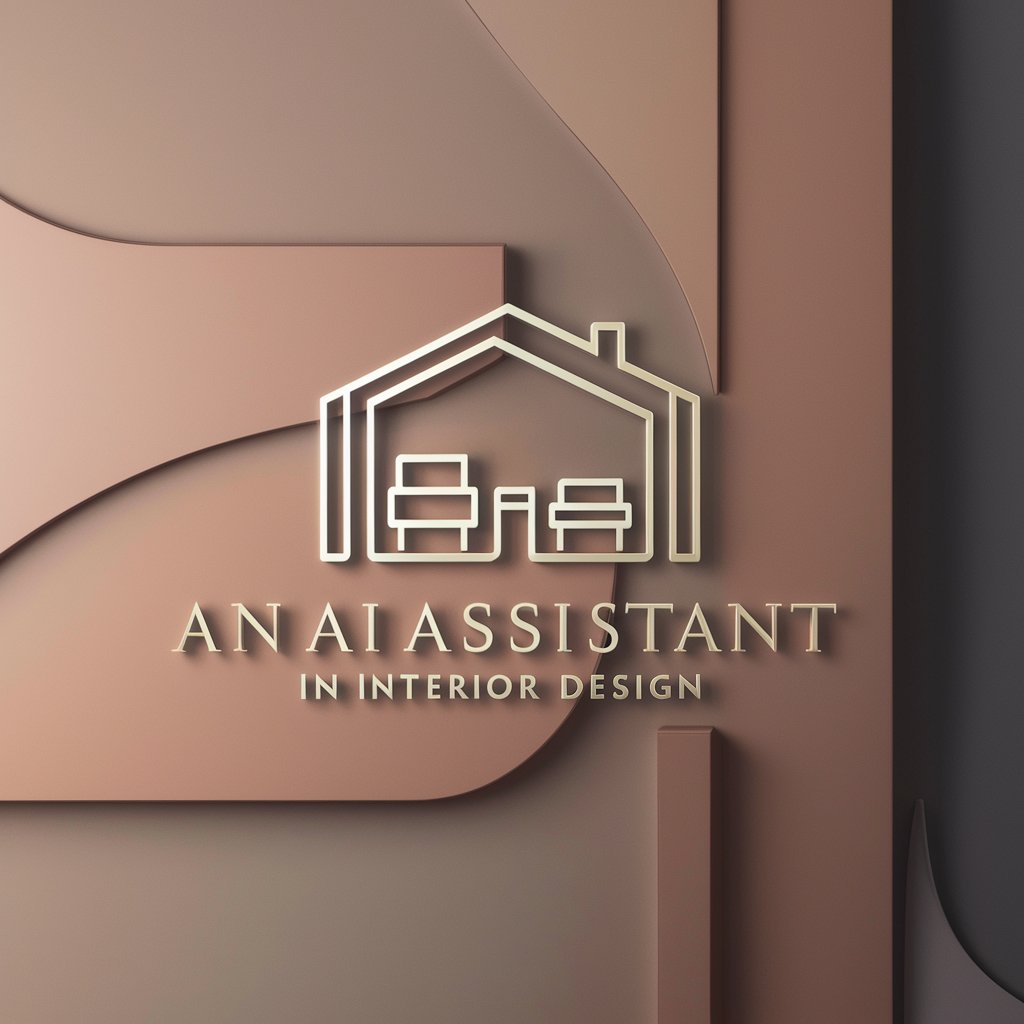Landscape Architecture - Landscape Architecture Insights

Welcome! Let's explore the world of landscape architecture.
AI-powered landscape architecture expertise.
Explore innovative solutions in urban green spaces by...
Analyze the impact of landscape architecture on community well-being...
Discuss the principles of sustainable landscape design with a focus on...
Examine notable projects in landscape architecture, including...
Get Embed Code
Overview of Landscape Architecture
Landscape Architecture encompasses the analysis, planning, design, management, and stewardship of the natural and built environments. It is a multidisciplinary field that integrates ecological, sociocultural, and aesthetic considerations to create functional, sustainable, and visually appealing outdoor spaces. Examples of landscape architecture include the design of public parks, gardens, urban plazas, greenways, college campuses, and residential developments. A notable scenario illustrating landscape architecture's purpose and function is the design of the High Line in New York City. This project transformed an abandoned elevated railway into a public park, showcasing how landscape architects can repurpose derelict urban spaces into vibrant, green areas that enhance community well-being and biodiversity. Powered by ChatGPT-4o。

Key Functions of Landscape Architecture
Environmental Conservation
Example
Stormwater Management Systems
Scenario
Incorporating bioswales and rain gardens into urban landscapes to naturally filter pollutants from runoff, reducing the impact on municipal stormwater systems and enhancing local water quality.
Social and Recreational Spaces Creation
Example
Public Parks and Recreation Areas
Scenario
Designing inclusive and accessible public spaces that promote community interaction, physical activity, and relaxation, such as the development of Central Park in New York City, offering a green oasis for residents and visitors alike.
Aesthetic Enhancement
Example
Residential Garden Design
Scenario
Creating private gardens that reflect the homeowner's personality and aesthetic preferences while also considering the local climate and ecology, resulting in beautiful, sustainable outdoor living areas.
Urban Planning and Development
Example
Sustainable Urban Design
Scenario
Planning and designing urban areas with a focus on sustainability, integrating green spaces into city layouts to improve air quality, reduce urban heat island effect, and enhance residents' quality of life.
Historical Preservation and Restoration
Example
Historic Landscape Restoration
Scenario
Restoring historic gardens and landscapes to their original glory, preserving cultural heritage while adapting them for contemporary use, as seen in the restoration of Versailles Palace gardens.
Target Users of Landscape Architecture Services
Municipal Governments and Urban Planners
These users are responsible for the development and maintenance of public spaces, infrastructure, and urban environments. They benefit from landscape architecture services by creating more livable, sustainable, and engaging urban areas.
Property Developers and Real Estate Investors
This group aims to maximize property value and appeal through thoughtful design and planning. Landscape architecture can significantly enhance property aesthetics, functionality, and sustainability, appealing to potential buyers or tenants.
Homeowners and Community Associations
Individuals and groups seeking to enhance their living environments through personalized garden design, communal green spaces, and environmentally friendly landscaping practices benefit from landscape architecture to improve quality of life and property value.
Environmental Organizations
Organizations focused on conservation, sustainability, and environmental education utilize landscape architecture to design spaces that promote ecological awareness, habitat restoration, and green living practices.
Educational Institutions
Schools, colleges, and universities use landscape architecture to create stimulating, safe, and sustainable outdoor environments for students and faculty, integrating green spaces for recreation, learning, and social interaction.

How to Utilize Landscape Architecture GPT
Start with a Free Trial
Begin by accessing a free trial at yeschat.ai, no sign-up or ChatGPT Plus subscription necessary.
Define Your Project Goals
Clearly outline your landscape architecture project goals, whether it's garden design, public spaces revitalization, or urban planning.
Gather Inspiration and Data
Collect images, site plans, and specific requirements for your project to provide a clear vision and context for your queries.
Ask Specific Questions
Pose detailed, specific questions to get the most accurate and relevant advice on design principles, materials, and sustainability practices.
Implement the Advice
Apply the insights and suggestions provided to your project, adjusting for local regulations, site specifics, and environmental considerations.
Try other advanced and practical GPTs
JS Brainstormer
Elevate your code with AI-driven insights

AI Hustle Helper
Empowering Your AI Hustle Journey

NEUTRINOGOLD Economic Calendar Analyst
AI-Powered Economic Insight at Your Fingertips

CX Sales Bot
Empowering Sales with AI

Artikel fürs Magazin
Craft Your CBD Lifestyle Blog with AI

Environmental Science
Empowering eco-conscious decisions with AI

Interior Designer
Empowering Your Design Vision with AI

Mom GPT
Your AI-powered nurturing guide.

English Tutor
Master English with AI-powered insights

Say What?
Craft messages that resonate, powered by AI.

Actuarial Science
AI-powered actuarial insights for risk.

PromptR0b0T Deluxe
Elevate your creativity and research with AI.

In-Depth Q&A on Landscape Architecture GPT
What is Landscape Architecture GPT?
Landscape Architecture GPT is a specialized AI tool designed to offer professional insights and solutions on landscape architecture, urban planning, and garden design, leveraging vast data on design principles, case studies, and sustainability practices.
How can I use this tool for urban planning?
For urban planning, provide detailed descriptions of the area in question, including size, climate, and community needs. Ask for advice on sustainable practices, public space design, and integration of green infrastructure to receive tailored recommendations.
Can it help choose the right plants for my garden?
Yes, by detailing your garden's climate, soil type, and sun exposure, the tool can suggest plant species that will thrive in your environment, align with your aesthetic preferences, and support local biodiversity.
Is it possible to get design inspiration for a public park?
Absolutely. Provide specifics about the park's location, target users, and any thematic elements you're considering. The tool can offer design concepts, examples of successful projects, and innovative features that could enhance the park's appeal and functionality.
How does sustainability factor into the advice given by the tool?
Sustainability is a core component of the advice. Recommendations focus on environmentally friendly materials, energy-efficient designs, and biodiversity support, tailored to reduce environmental impact while meeting project objectives.
